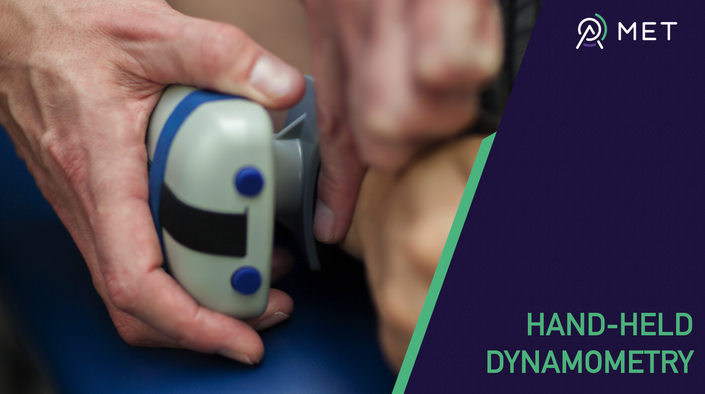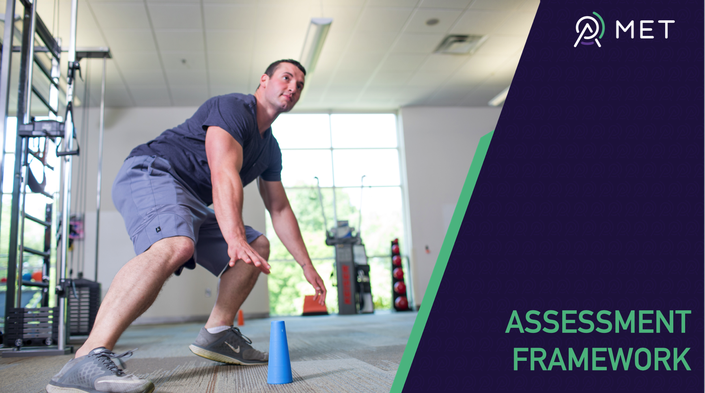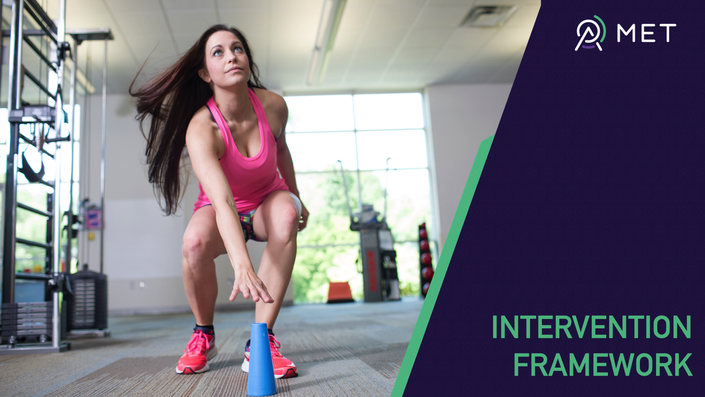
HAND-HELD DYNAMOMETRY (HHD) has been around for many decades and an abundance of literature has been published on the subject. Despite this, its utilization in daily clinical practice is low.
Some providers believe the use is limited to specific populations, such as individuals with sports-related injuries. In fact, objective strength measurement is recommended for all clients regardless of age and medical diagnosis.
Many postures, positions, instrument techniques have been advocated in the literature, and clinicians might not be sure which measurements to take. This course provides a framework to select the appropriate tests and techniques.
Reliability is a valid concern. Any objective measurement that does not have the necessary reliability has limited use. There are many variables, including the client himself, which influence the reliability of the measurement. Again, this course guides physical therapists through each measurement, step by step, in order to achieve the highest reliability.
Lastly, many providers are not sure what to do with the data once they have it. This course teaches how to interpret the data for clinical decision making in regard to assessment of clinical status, selection of treatment interventions, and progression.


Session 1
- Hand held dynamometry in daily clinical practice
- Utilization, reliability, validity
- Make-technique
- Screening for grip and knee extension strength

Session 2
- Instrument settings
- Movement-bias tests
- Upper Quadrant and Lower Quadrant strength profiles
- Clinical reference data

Session 3
- Interpretation of strength curves
- Interpretation of strength ratios
- Interpretation of strength profiles
- Introduction to muscle bias and exercise bias tests




